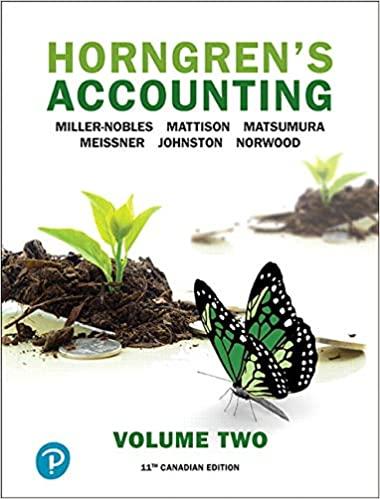Hurst, Incorporated sold its 8% bonds with a maturity value of $3,000,000 on August 1, 2009 for
Question:
Hurst, Incorporated sold its 8% bonds with a maturity value of $3,000,000 on August 1, 2009 for $2,946,000. At the time of the sale, the bonds had five years until they reached maturity. Interest on the bonds is payable semiannually on August 1 and February 1. The bonds are callable at 104 at any time after August 1, 2011. By October 1, 2011, the market rate of interest has declined and the market price of Hurst's bonds has risen to a price of 101. The firm decides to refund the bonds by selling a new 6% bond issue to mature in five years. Hurst begins to reacquire its 8% bonds in the market and is able to purchase $500,000 worth at 101. The remainder of the outstanding bonds is reacquired by exercising the bonds' call feature. In the final analysis, how much was the gain or loss experienced by Hurst in reacquiring its 8% bonds? (Assume the firm used straight-line amortization.) Show calculations.
MaturityMaturity is the date on which the life of a transaction or financial instrument ends, after which it must either be renewed, or it will cease to exist. The term is commonly used for deposits, foreign exchange spot, and forward transactions, interest...
Step by Step Answer:

Horngrens Accounting
ISBN: 9780135359785
11th Canadian Edition Volume 2
Authors: Tracie Miller Nobles, Brenda Mattison, Ella Mae Matsumura, Carol A. Meissner, Jo Ann Johnston, Peter R. Norwood





